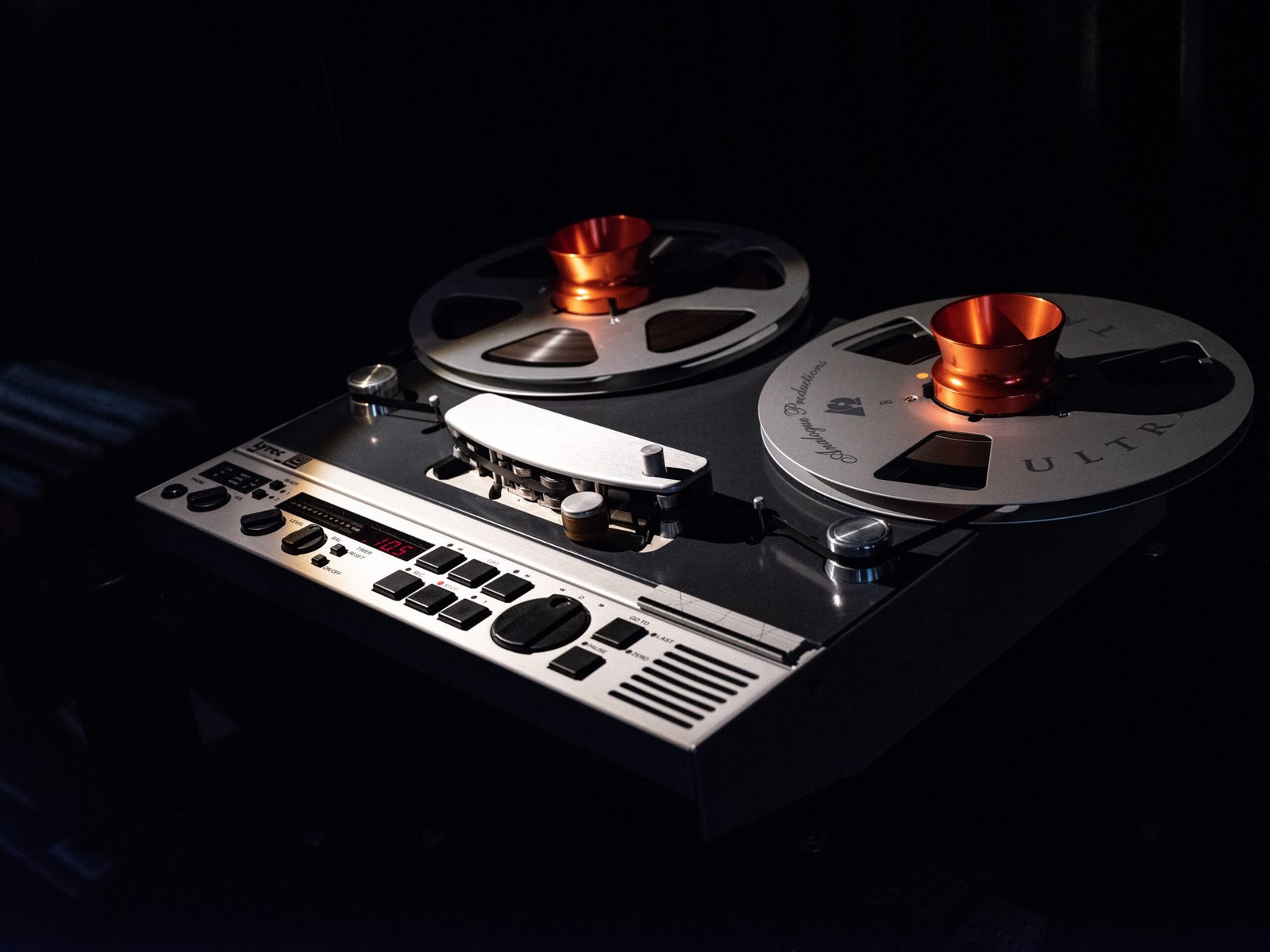
Hi-Fi
Welcome to our detailed exploration of HiFi, the revolutionary technology that has transformed the way we experience audio. In this comprehensive guide, we will delve into the invention, history, and evolution of HiFi, exploring its various forms, technologies, and future prospects.
HiFi, short for High Fidelity, refers to the reproduction of sound that is true to the original recording, capturing the nuances and details with exceptional accuracy. The concept of HiFi emerged in the early 20th century when audio enthusiasts sought to enhance the quality of recorded music.
The History of HiFi
The history of HiFi can be traced back to the early 20th century when audio enthusiasts began experimenting with ways to improve the quality of sound reproduction. In the 1930s, the advent of the electric microphone and the introduction of long-playing records marked significant milestones in the evolution of HiFi. These advancements allowed for higher fidelity recordings and playback.
During the 1950s and 1960s, HiFi systems became more accessible to the general public. The introduction of stereo sound and the development of vacuum tube amplifiers further enhanced the audio quality. The 1970s witnessed the rise of solid-state amplifiers and the introduction of compact cassette tapes, which provided a more portable and convenient listening experience.
In the 1980s and 1990s, the introduction of digital audio formats, such as CDs and later MP3s, revolutionized the way music was recorded and consumed. Digital technology offered greater convenience and improved sound quality. However, some audiophiles argued that the warmth and richness of analog sound were lost in the transition to digital.
The Evolution of HiFi
From its humble beginnings, HiFi has evolved significantly, driven by advancements in technology and the growing demand for superior audio experiences. Let’s explore the different form factors and technologies that have shaped the evolution of HiFi.
Analog HiFi
The early days of HiFi were dominated by analog technology. Vinyl records and turntables became the primary medium for music playback, offering a warm and rich sound. Analog amplifiers and speakers played a crucial role in reproducing the sound faithfully.
Digital HiFi
The advent of digital technology revolutionized the HiFi industry. Compact Discs (CDs) emerged as the new standard, offering pristine audio quality and convenience. Digital amplifiers and speakers, along with advancements in digital audio formats, further enhanced the HiFi experience.
Wireless HiFi
In recent years, wireless technology has transformed the way we enjoy HiFi. Bluetooth and Wi-Fi enabled speakers, headphones, and audio streaming devices have untethered HiFi from cables, providing seamless connectivity and convenience.
Streaming HiFi
The rise of streaming services has brought HiFi to the digital age. High-resolution audio streaming platforms, such as Tidal and Deezer, offer lossless audio quality, allowing listeners to experience HiFi without physical media.
Varieties and Form Factors
HiFi systems come in various varieties and form factors to cater to different needs and preferences. Some of the most common types include:
Home Audio Systems
These encompass a range of components, including amplifiers, speakers, and source devices, such as CD players or streaming devices. They are designed to deliver high-quality audio in a home environment.
Headphones
HiFi headphones are designed to provide an immersive listening experience. They come in different styles, including over-ear, on-ear, and in-ear, and can be wired or wireless.
Portable Audio Players
These devices allow users to enjoy HiFi audio on the go. They often support various audio formats and offer high-resolution playback.
Integrated Systems
These all-in-one systems combine amplifiers, speakers, and source components in a single unit, offering convenience and space-saving benefits.
Technology and Evolution
The technology behind HiFi has evolved significantly over the years, leading to improved audio quality and greater convenience. Some of the key technological advancements in HiFi include:
Amplifiers
From vacuum tubes to solid-state and now digital amplifiers, the technology has evolved to provide cleaner, more powerful, and efficient amplification.
Speakers
Advancements in speaker technology have led to the development of more accurate and immersive sound reproduction. From cone drivers to ribbon tweeters and planar magnetic drivers, speakers have become more refined and precise.
Source Components
The transition from analog to digital formats has allowed for higher-resolution audio and greater convenience in accessing and storing music. Streaming services and high-resolution audio formats have become increasingly popular.
Conclusion
HiFi has come a long way since its inception, evolving from analog to digital, and now embracing wireless and streaming technologies. With its ability to reproduce sound with exceptional fidelity, HiFi has become an indispensable part of our audio landscape. HiFi is a must-have for anyone who appreciates the true beauty of music and audio. The fidelity and accuracy of HiFi systems allow listeners to experience music as if they were present during the original recording. Whether you are a music enthusiast, a film lover, or an audiophile, HiFi elevates your audio experience to new heights.
Embrace the world of HiFi and unlock a new dimension of audio enjoyment.
